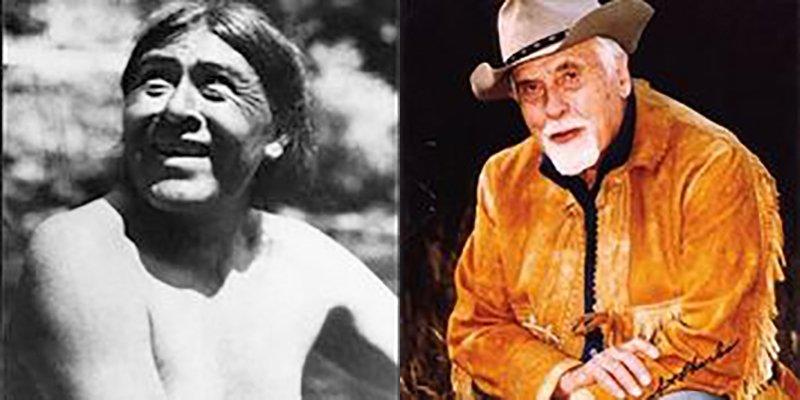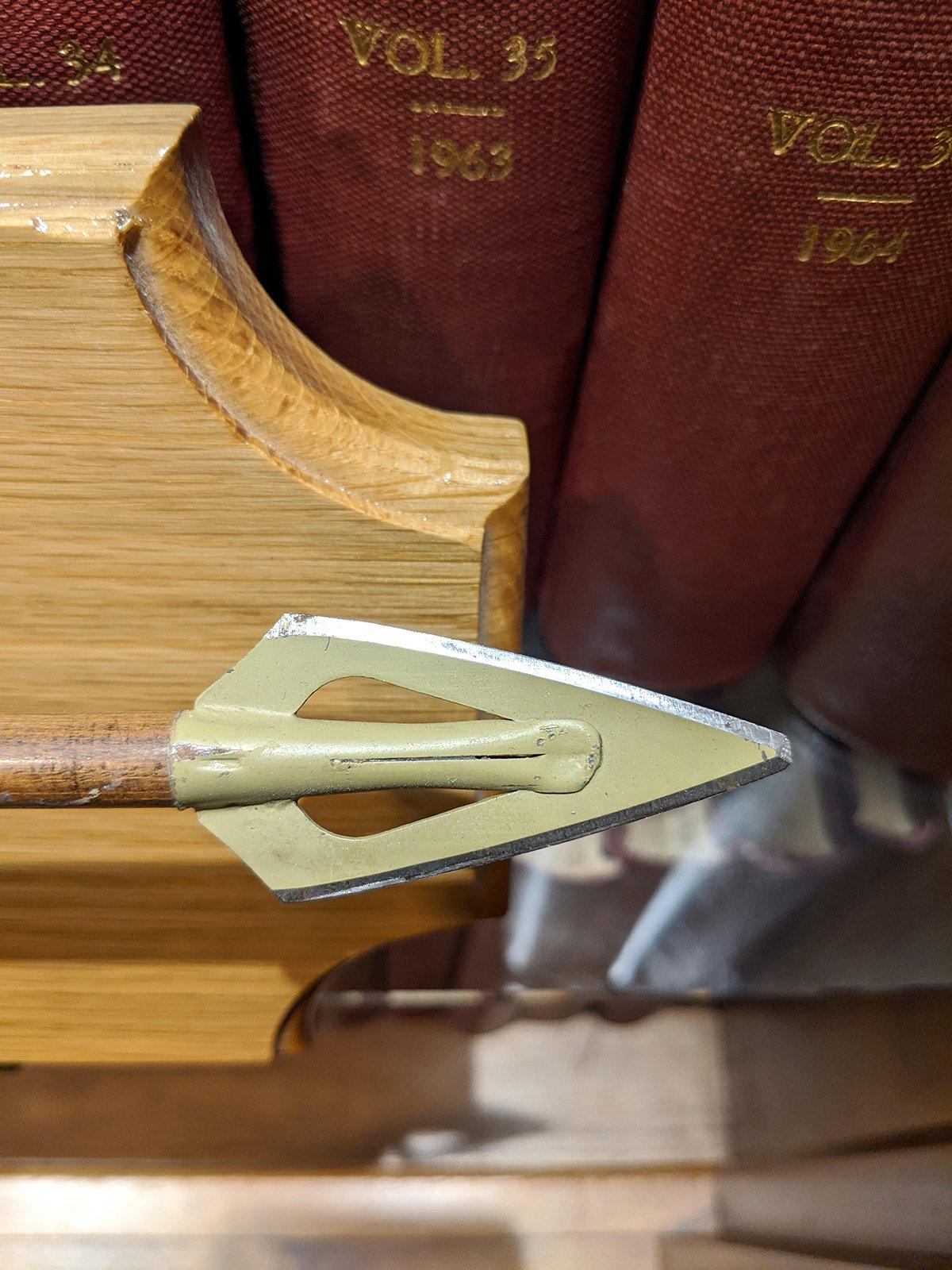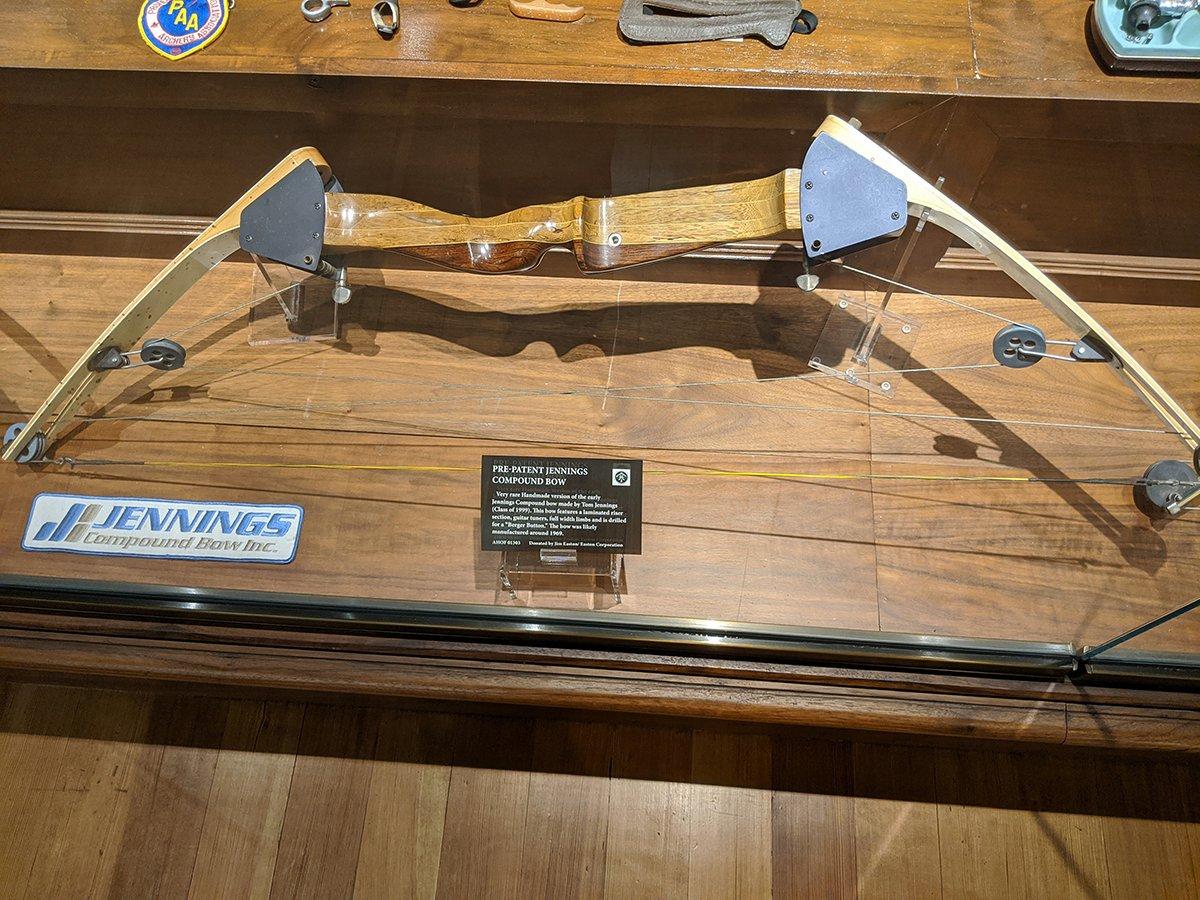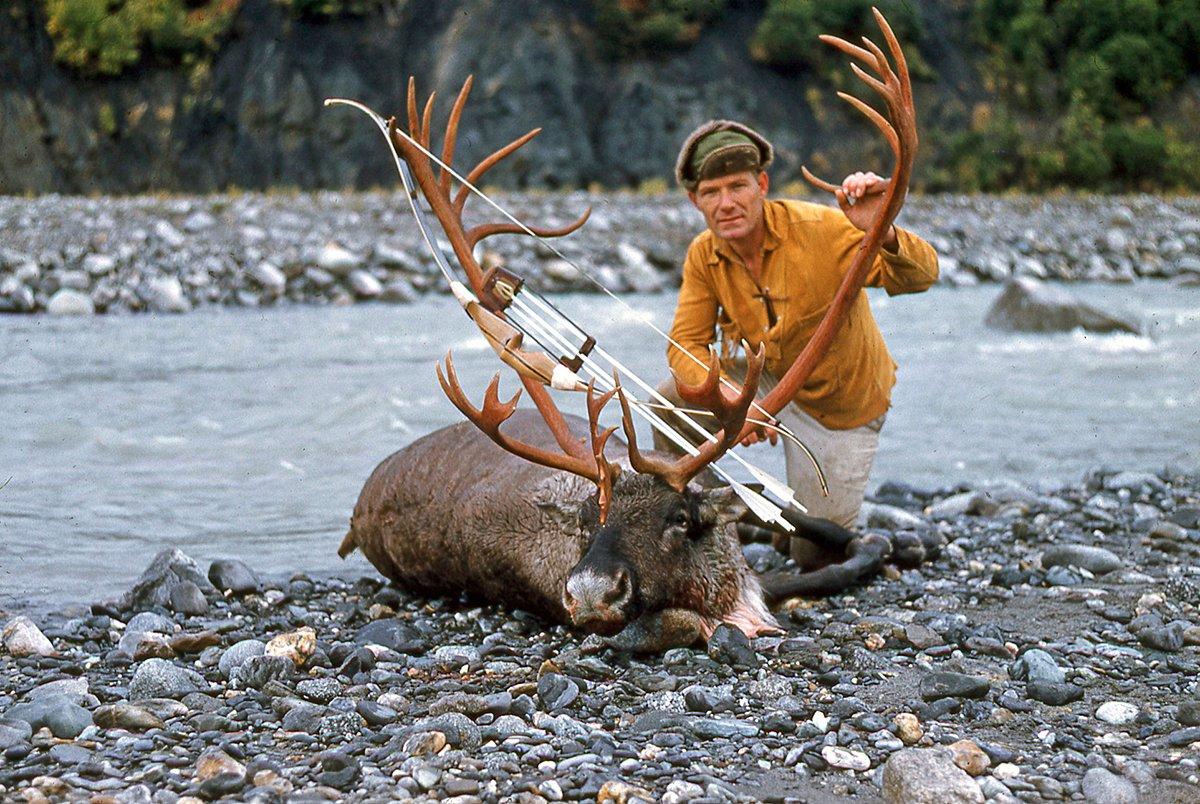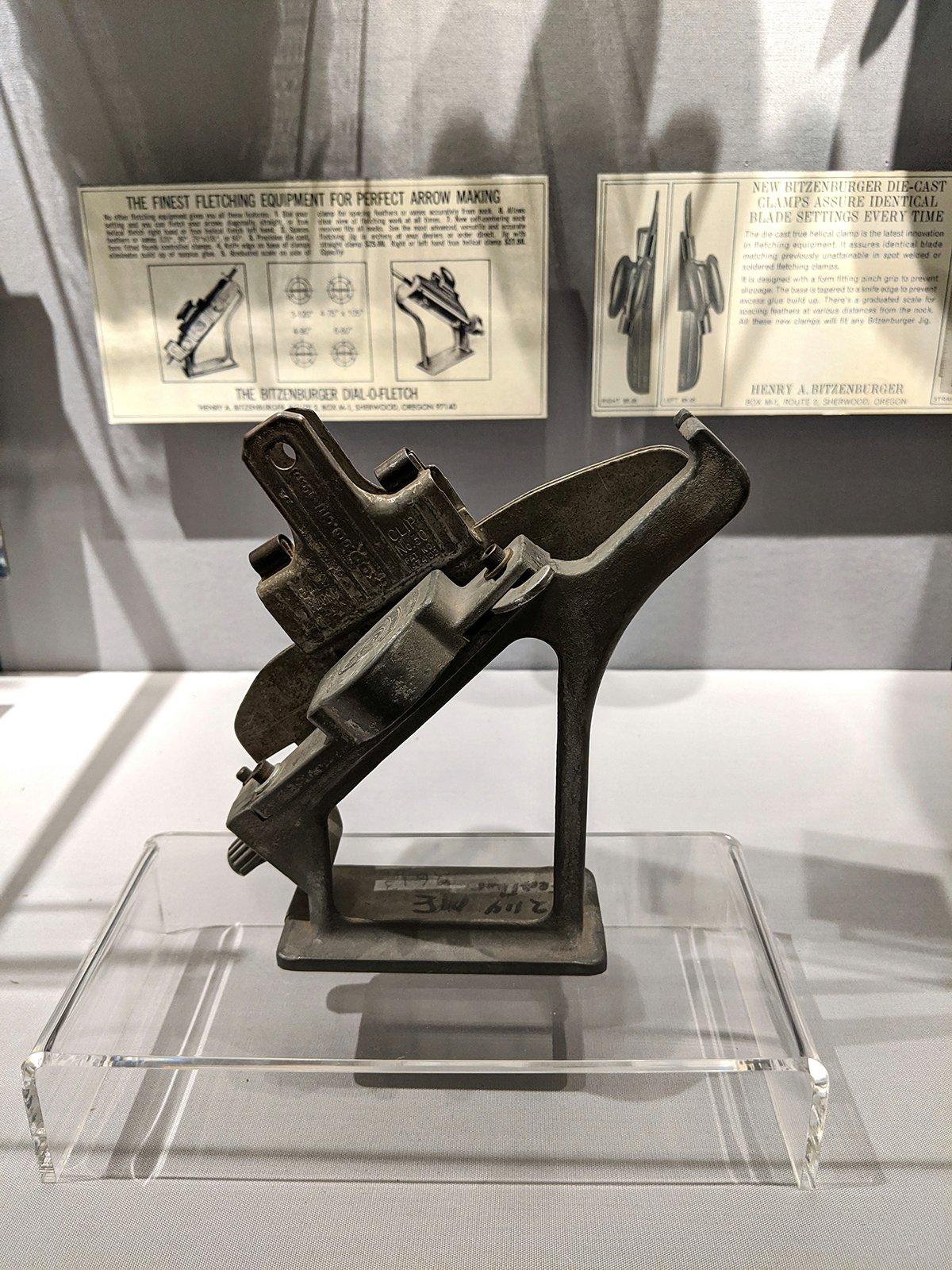A look at archery innovators and trailblazers whose contributions shaped the gear and tactics bowhunters use today
It might be hard for today's bowhunters to imagine a time when equipment was still as basic as a wooden bow, a string fabricated from rawhide or woven plant material, and a metal broadhead. The quality and utility of archery gear has come a long way in a relatively short time, however, thanks to a small group of innovators whose collective creativity boosted bowhunting into the mainstream.
In a real sense, the 20th century was archery's century, with most of the greatest innovations produced by pioneers who were avid grassroots archers long before they became successful entrepreneurs. The trailblazers started on their paths of achievement from humble beginnings. The common denominator is that all of them took bold strides that ultimately boosted target archery and bowhunting to the major leagues of outdoor sports.
Following is a review of some of archery's greatest innovators, whose contributions as promoters or inventors are on display in the Archery Hall of Fame Museum in Springfield, Missouri.
1. Saxton Pope and Arthur Young, The Guys Who Brought Bowhunting Back
The first entry to this list actually credits three men, and arguably boosts the total count to 15 people who changed bowhunting forever. By the mid-19th century, archery in the U.S. was more or less a forgotten activity, a children's game, by the mid-19th century, as only a few dedicated archers kept the sport alive. That changed in northern California after the turn of the century. Found wandering around, half-starved, in the back country near Oroville in 1911, the Native American Ishi was gradually befriended by Saxton Pope, the doctor who first examined him. Ishi didn't know any English and spoke a dialect attributed to the vanished Yahi tribe. When they learned how to communicate with each other, Ishi eventually showed Pope how to make a bow and their chronicled adventures hunting in northern California gradually motivated other outdoorsmen to take up archery. Another West Coast bowhunter, Arthur Young, entered the picture a few years later through a mutual friend and he and Pope became inseparable hunting companions. Their books and films detailing their various adventures hunting big game and dangerous game throughout the Western Hemisphere and Africa fanned the flames of a growing interest in bowhunting that previously had been generated only by word-of-mouth.
In 1961, archery icon Glenn St. Charles and other bowhunting enthusiasts honored the pair by naming a new organization after them. The Pope and Young Club was established to promote bowhunting and wildlife conservation, and it also serves as the official registry of bowhunting records.
2. Ben Pearson, Father of Modern Archery
Like many other bowhunting greats, Ben Pearson's ascent in the sport gained impetus when he was still a boy. During the 1920s, the Arkansas native began to make his own equipment and honed his bow-making skills as he grew to manhood.
(Don't Miss: Making the Traditional Bow Switch)
Buoyed by the reception his first bows and arrows received from early customers, Pearson formed Ben Pearson Incorporated in Pine Bluff in 1938 and began to produce well-crafted bows and arrows on a grand scale. It was Pearson's innovative manufacturing developments that led to the mass production and distribution of superior archery equipment such as the Sovereign line of bows. Consequently, such quality available at cheaper prices meant that more people could become involved in the sport. Pearson pitched his products, but also was one of the most active promoters of archery and bowhunting through his company's sponsorship programs, archery tournaments and films. Along the way, Pearson earned a well-deserved sobriquet: The Father of Modern Archery.
3. Matt McPherson, Founder of Mathews Archery
Mathews Archery founder Matt McPherson was one of those innovators whose life's mission was to advance archery technology. Perhaps his greatest gift to the sport was the Solocam compound bow. The single-cam bow's arrival in 1992 electrified the archery world and heralded an era of improvements in bowhunting equipment that hasn't abated. McPherson, who also owns a custom guitar business in Sparta, Wisconsin, didn't stop with the Solocam, and in ensuing years introduced several other innovations.
Holder of more than 20 patents, McPherson field-tested many of his inventions in Wisconsin treestands before they were introduced to the market. By 1998, the same year he was inducted into the Bowhunting Hall of Fame, McPherson's archery company ranked 78th on the list of the country's Top 500 Fastest Growing Companies.
4. Doug Easton, Inventor of Aluminum Arrows
Before Doug Easton came along, most archers made their own arrows from cedar or various other types of wood. The procedure was more art than science as the general lack of uniformity in the shape and weight of the wooden shafts affected their accuracy. In 1922, after meeting his idol, Saxton Pope, at a San Francisco tournament, Easton decided he was going to focus his skills on making the best arrows, and he set about doing just that. He began to sell custom-made laminated shafts out of his Watsonville, California, shop and the quality of his tournament-grade arrows set them apart.
(Killer Buy Alert: EZ Bow Sling)
Easton could have stopped there and enjoyed the fruits of his labor, but he was the type of perfectionist for whom good wasn't good enough. Playing a hunch, in 1939 Easton started making shafts from aluminum. Through trial and error and fueled by stubborn persistence, Easton developed metal shafts known for their exactitude and precision. A tournament archer named Larry Hughes won a national championship title in 1941 with the new aluminum shafts and they became the industry standard.
In 1982, Doug Easton's son Jim introduced carbon shafts, the Easton A/C, to the archery world. Used to win the field archery competition in the 1984 Olympic Games, the Easton carbon arrows quickly rivalled aluminum shafts in popularity among bowhunters.
5. Earl Hoyt, Founder of Hoyt Archery
If the number of patents a company is granted is a measure of success, Hoyt deserves to rank at the top among bowmakers. One trait the pioneers of modern archery shared was seeing the need for improvements in various pieces of equipment, and then making it happen. Beginning in the late '40s Earl Hoyt Sr. and his son began a list of accomplishments that included the so-called Dynamic Balance Bow Limbs, bow stabilizer, semi-pistol (semi anatomic) and full-pistol (anatomical) bow grip, and other innovations in recurve and compound bow design.
Earl Hoyt Sr., founded the company in St. Louis in 1931 as a manufacturer of cedar arrows and wooden bows. In 1983, Hoyt was purchased by California-based manufacturer Easton and the headquarters moved to Salt Lake City. Movie buffs might remember it was Hoyt Spectra bows that Sylvester Stallone used in the Rambo series.
6. Richard Maleski, Inventor of the WASP Broadhead
Cliff Zwickey's best-selling Eskimo broadhead introduced in 1939 became the standard for other innovative designs that followed. One of them was Richard Maleski's WASP, the first commercially available broadhead with razor-sharp replaceable blades. The original WASP was developed in 1972 by the Connecticut bowhunter from Schick Injector blades mounted to a traditional broadhead.
(Don't Miss: Why Speed Bows Don't Suck)
Though Maleski's first broadheads were glued onto cedar shafts, subsequent models with three or more replaceable inserts were made available as WASP Cam-Lock threaded broadheads. Once Maleski perfected the design and the bowhunting community found out about his invention, WASP quickly became a major player in the archery world.
7. Fred Bear, The Father of Modern Bowhunting
This is a no-brainer, of course. Recognized as the Father of Modern Bowhunting, Fred Bear knew archery equipment forward and backward. It helped that he was arguably the greatest bowhunter of all in the formative modern years of the sport. His global successes in the field demonstrated to novices that bowhunting wasn't an enterprise only for experts. The combination of salesmanship and woodsmanship resulted in one of the iconic names in archery. His forward-thinking innovations included the Polar, Grizzly, and Kodiak lines of bows, the first bow quiver (1946), the recurve limb, fiberglass limbs, and the Bear Razorhead broadhead.
An unassuming man who made friends easily, Bear shared his campfires with bowhunting enthusiasts from all walks of life. He was one of the sport's greatest ambassadors and well-respected wherever he hunted.
8. S.G. Christian, Inventor of the Bodoodle Arrow Rest
Christian's Bodoodle Arrow Rest, which he introduced in 1976, is considered to be the first drop-away rest. Within a year after its introduction, Bodoodle became the best-selling arrow rest among release and finger shooters. Just as importantly, it inspired others to develop similar rests that reduced one of the friction points affecting arrow accuracy.
(Killer Buy Alert: Realtree 25 Foot EZ Rope)
9. Holless Wilbur Allen Jr., Inventor of the Compound Bow
Whether it involved hunting or fishing equipment, Holless Wilbur Allen Jr., was a tinkerer who never settled for the status quo if he thought he could make improvements. So it was with the bow, a device for shooting an arrow at a target that had essentially remained unchanged since its invention 7,000 years ago. Allen figured out a better way to fling an arrow and his invention of the compound bow changed archery history.
His first compound was crude, composed of a pine truss handle, limb cores of oak flooring laminated with fiberglass, and pulleys from an airplane. But the bow did what Allen set out to do with it: increase arrow speed and accuracy. He applied for a patent in 1966 and, patent pending, the first compounds were produced by Allen Archery in 1967. In December 1969, a patent was granted, but other manufacturers quickly jumped on the bandwagon with similar bows of modified design. By 1977, there were 100 different models of compounds on the market, as compared to 50 recurve choices.
10. Glenn St. Charles, Founder of the Pope and Young Club
Glenn St. Charles of Seattle, Wash., was well-known in archery circles during the '50s and is the person mainly responsible for seeing that bowhunters are recognized for their achievements. The first archery world records — based on the Boone and Crockett Club scoring system — were established in 1958 thanks to St. Charles' promotion.
(Don't Miss: The Best Draw Weight for Bowhunting)
Three years later, in January 1961, the Pope and Young Club was founded with St. Charles as its first chairman and, later, president.
11. Greg Johnson, Inventor of the First Commercially Successful Mechanical Broadhead
Mechanical broadheads weren't a new concept in the latter part of the 20th century, but it took Greg Johnson to perfect them and generate broad appeal among bowhunters. His Rocket Aerohead, introduced in the late '80s, was the first successful design that offered dependable performance and improved accuracy and killing efficiency. The success of Johnson's earliest broadheads engendered fierce competition among manufacturers, and bowhunters were the ultimate benefactors. Today, mechanical broadheads are the most popular type.
12. Bob Lee, Inventor of the Take-Down Bow
While travelling across the country to archery shows and other events, Texas bow maker Bob Lee would sometimes become frustrated by the lack of space needed to transport his bows. His solution was to develop a three-piece recurve that could be easily taken down and put back together, or whose limbs could be interchanged with others.
(Killer Buy Alert: EZ Hanger Bow Holder Combo Pack)
In 1961, Lee's Wing Archery introduced the Presentation II recurve bow, which was the first bow with detachable limbs. Bowhunters and archers who travelled by public conveyance made Wing's take down bow an immediate success. It was quickly followed by the versions of other companies.
13. Henry Bitzenburger, Inventor of the Fletching Jig
It seems paradoxical, but the more primitive bowhunting equipment is, the more precise its components need to be. That was the working theory behind the Bitzenburger Fletchmaster, which enabled amateur arrow makers to build cedar and aluminum arrows that flew straight and true. Developed in the early '40s of a zinc alloy, Bitzenburger's jig still is used to apply feathers or plastic vanes, often with the aid of Rollin Bohning's Fletch-Tite Glue. Both brands and their products are still going strong in the archery industry.

